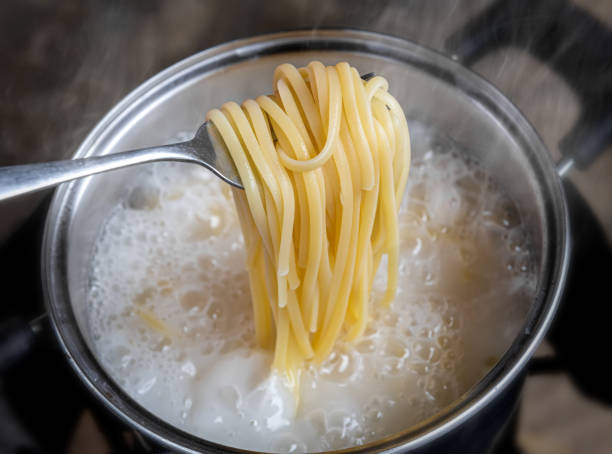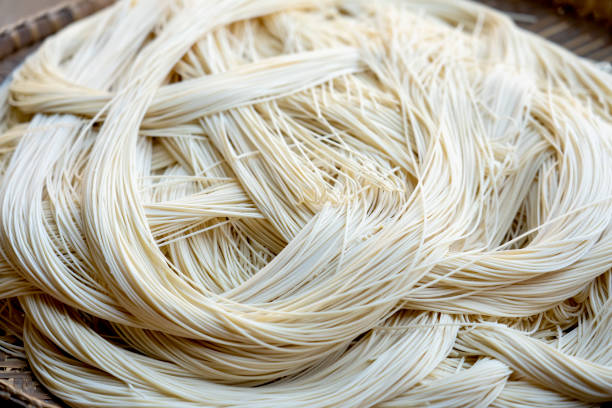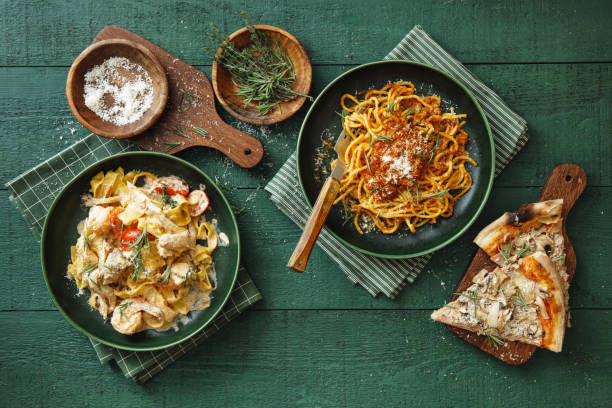Noodles are a staple food in many cultures and cuisines around the world. They come in a variety of shapes, sizes, and types, and can be made from different grains and flours. Despite their popularity, many people are unsure about how many calories are in noodles and whether they can fit into a healthy diet. In this article, we will explore the calorie content of different types of noodles and provide some tips for incorporating them into a balanced diet.
Noodles are a type of food made from wheat, rice, or other grains and are popular in many cuisines around the world. They are often eaten as a staple food and can be found in a wide variety of dishes, including soups, stir-fries, and pasta dishes. Noodles are known for their versatility and can be made in a variety of shapes and sizes, including thin and long strands, flat ribbons, and more.
One of the main factors that can affect the calorie content of noodles is the type of noodle being used. Wheat-based noodles, such as spaghetti and ramen, tend to be higher in calories than rice-based noodles, such as rice noodles and vermicelli. This is because wheat flour has a higher protein and calorie content than rice flour.
First, let’s look at the calorie content of some common types of noodles:
Spaghetti: One cup of cooked spaghetti contains approximately 200 calories. This is based on a serving size of 2 ounces (57 grams) of dry spaghetti, which is about the amount that fits in a 1-cup measuring cup when cooked.
Ramen noodles: One package of instant ramen noodles contains about 200 calories. However, the actual calorie content will depend on the specific brand and flavor of the noodles, as well as any additional ingredients that are added.
Udon noodles: One cup of cooked udon noodles contains about 200 calories. This is based on a serving size of 3.5 ounces (100 grams) of dry udon noodles, which is the amount that typically fits in a 1-cup measuring cup when cooked.
Soba noodles: One cup of cooked soba noodles contains about 160 calories. This is based on a serving size of 3.5 ounces (100 grams) of dry soba noodles, which is the amount that typically fits in a 1-cup measuring cup when cooked.
Rice noodles: One cup of cooked rice noodles contains about 200 calories. This is based on a serving size of 3.5 ounces (100 grams) of dry rice noodles, which is the amount that typically fits in a 1-cup measuring cup when cooked.
Now that we have an idea of the calorie content of different types of noodles, let’s consider how to incorporate them into a healthy diet.
First, it’s important to note that noodles are a good source of carbohydrates, which are an important source of energy for the body. However, it’s important to choose whole grain or fortified noodles whenever possible, as these types of noodles provide additional nutrients such as fiber, B vitamins, and iron.
In addition to choosing whole grain or fortified noodles, it’s also important to pay attention to the portion size when consuming noodles. One cup of cooked noodles is generally considered a single serving, but it’s easy to eat more than this if the noodles are served in a large bowl or as part of a stir-fry dish with additional ingredients. To keep calorie intake in check, try measuring out a single serving of noodles using a measuring cup or kitchen scale, and be mindful of the portion size when serving them.
Another way to make noodles part of a healthy diet is to pair them with plenty of vegetables. Noodles can be added to stir-fries, soups, and salads to add flavor and texture, and they can be a great way to bulk up a meal while still keeping calorie intake in check. For example, a stir-fry with noodles, vegetables, and a small amount of protein (such as tofu or chicken) can be a satisfying and balanced meal.
Overall, the calorie content of noodles can vary widely depending on the type of noodle, the way they are prepared, and the ingredients they are served with. To control the calorie content of your noodles, it’s important to choose lower-calorie options, such as rice noodles or thin spaghetti, and prepare them with minimal oil and serving them with lighter ingredients.
In conclusion, noodles can be a tasty and convenient food, but it’s important to pay attention to their calorie content and choose options that fit into your overall diet and nutrition goals. By making mindful choices, you can enjoy noodles as part of a healthy and balanced diet.

 Home
Home Health
Health Diet & Nutrition
Diet & Nutrition Living Well
Living Well More
More













